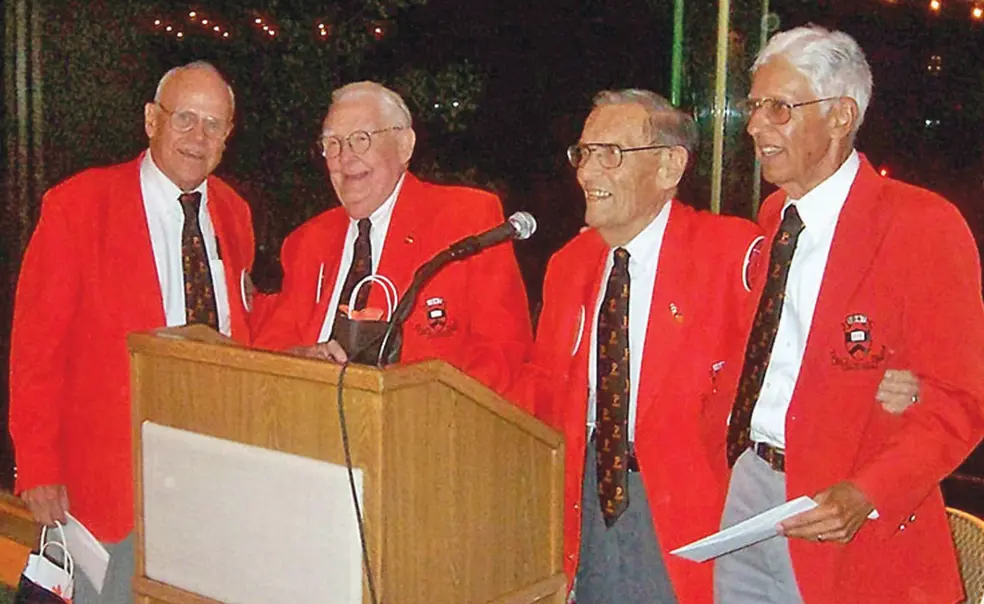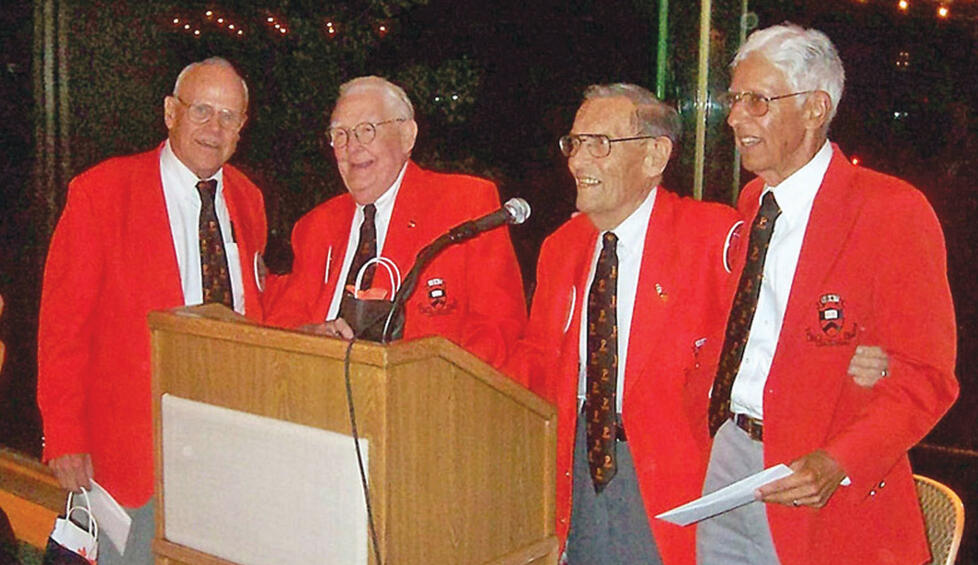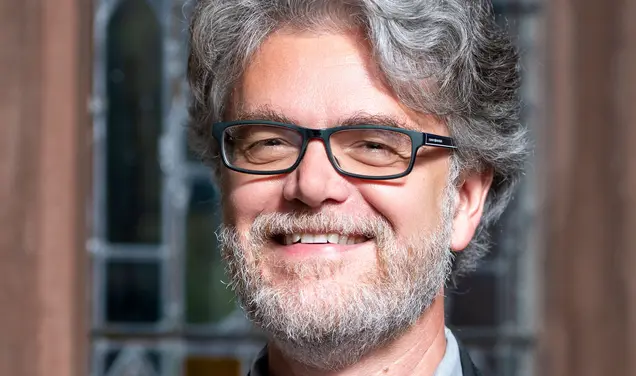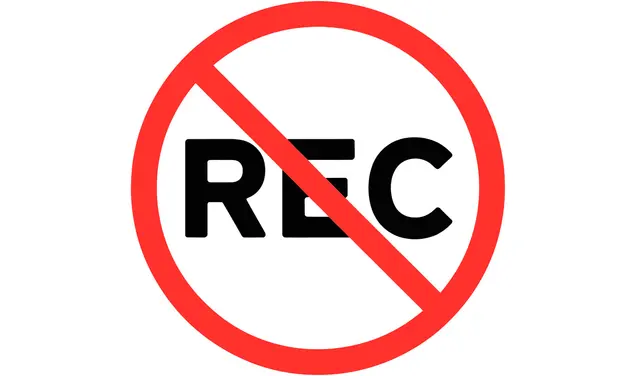Saving my life, thrice weekly
The Class of ’47’s secretary writes about dialysis, medical crises, and turning 83
Midway through 1994, with my 69th birthday approaching, I believed I had just won a huge medical trifecta that might signal the end of life-threatening maladies and increase my longevity chances.
WRONG!
Today, I am one of the 1,120 dialysis patients in Pima County, Ariz., who have chosen that amazing, blood-cleansing process to postpone our ominous diagnoses of “end-stage renal failure.”
We are committed to thrice-weekly treatments – in my case, three and three-quarter hours in length – and, except for comparatively few kidney transplants and extremely rare kidney comebacks, the commitment is permanent. On Feb. 27, I recorded 3 1/2 years of perfect attendance on dialysis.
But, wait, I’m getting way ahead of myself. I first owe readers an explanation of my perceived trifecta and false sense of euphoria.
It all began with the most important turning point of my life, the day after I belted my final drink of booze, learned from a newspaper colleague and recovering alcoholic how I could enjoy sober living, and went with him to my first AA meeting – Sept. 24, 1969.
Alcoholism is a disease that I caught after accepting a couple of morning drinks of bourbon while training to become a special agent in the FBI, of all unlikely places. For the following 18 1/2 years, the insidious disease caused persistent, incalculable damage, affecting telltale declines in my health, employment opportunities, second marriage, and family finances. I hit my bottom on a curb in Watts, a Princeton grad sharing an ill-gotten bottle of Ripple with three soulmates.
Dedication to the AA program, and support from friends therein, have combined to guarantee my recovery from alcoholism and extend my life for more than 39 years. This one-two punch also has helped to score knockout blows to my next two medical challenges.
Indeed, in the fall of 1989, I felt surprisingly relaxed as I underwent prostate surgery – until my surgeon said the anesthesia was running low and the so-called “ream job” had not been completed, so he was scheduling a second session for 48 hours later. That surgery resulted in a clean bill of health. Oh, it did include the second of two blood transfusions that week, seemingly insignificant until I learned years later that 1989 was the last year before blood was tested for hepatitis C (“hep C”) prior to transfusions.
Being a cockeyed optimist, I never thought about those transfusions until I commenced to turn yellow four years later – and my primary physician could find no other reason for the onset of hepatitis C and a real threat to my liver. He admittedly was no hepatitis specialist, but he recommended a strict, self-administered series of interferon shots every week for the first half of 1994.
I didn’t look good in yellow, and my energy was dissipating, so I repeatedly stuck needles in my upper legs and belly. As of July 4, 1994, I thanked my doctor for leading me into remission and celebrated by hatching my medical trifecta notion.
I really felt at the top of my game for the next two years, enjoying the position of Sheriff Clarence Dupnik’s community-relations manager that I had held since March 1983. And, at my fall 1996 appointment with my new primary physician, a nephrology specialist in his earlier practice, I wasn’t much fazed by the test result showing a hint of creatinine in my blood. He pointed out that creatinine is a substance that normally is eliminated from the body via healthy kidneys, so to play it safe, he referred me to a younger nephrologist for his opinion.
At our first meeting Dec. 23, 1996, the spirit of Christmas seemed to prevail as my new friend promised positive results if I would alter my dietary habits, take a few different medicines, lose some pounds, and maintain my upbeat attitude. He added that I had an edge over countless kidney patients who suffer from diabetes, but there was no mention of the life-changing choice of options that inevitably lay ahead of me.
Perhaps just as well, I failed to notice that “end-stage” reference on most of my paperwork until months later. By then, I was able to file these two stark words for future reference because the nephrologist’s selection of medications and my willingness to cooperate had joined forces to slow creatinine’s presence in my blood to a snail’s pace.
Ever the realist, my nephrologist soon wanted me to understand the four options available to victims of renal failure long before do-or-die time: transplant, hemodialysis in a private center, hemodialysis at home, or no action at all.
The doctor ruled out the transplant option for me, noting high-risk complications due to the over-70 age factor – a chancy category into which my only sibling, sister Barbara Leonard, also would fall as a likely match, a willing donor and just two and a half years my junior.
At the same time, the doctor felt confident that I would rule out the no-action option, surmising that I would not be content to let my life slip away once my kidneys stopped functioning altogether. I realized that either dialysis choice represented a more restrictive and challenging lifestyle, yet I rejoiced at the prospect of it extending my active days for years to come.
For me, the decision to receive treatments at a dialysis center was a no-brainer. I wanted professionals on the scene – nurses and technicians – to handle the complicated procedures and monitor the sensitive machinery. Moreover, my wife, Cheri Cross, and I had agreed early-on that we ought to keep my dialysis and our home life separated.
About 10 percent of all dialysis patients have chosen to do-it-themselves in their homes, for a variety of reasons. Many of them still hold jobs, so they can carry out their simpler procedures at night – even while sleeping – and others cherish the quiet and privacy or live too far from a center. On the downside, they must commit to a certain amount of time on dialysis every day, they should have a companion close at hand, they require a storeroom for a month’s supply of chemicals and backup equipment, and they’re advised to get rid of all pets. (We would be lost without our two female Bichons.)
Incredibly, my reprieve from dialysis kept carrying over – it eventually would end almost nine years after I went on the clock – so I had more time to prepare than most folks in the same boat. Thus, I read more renal-care manuals, viewed videos on the subject, and occasionally listened to a pep talk from my No. 1 dialysis hero, 94-year-old ex-FBI special agent Tom Feeney Sr., who is losing his sight, lives with his hard-of-hearing wife, can’t drive himself to the treatment center, and remains high in his praise of the boost he gets thrice weekly (now 11 years later).
Thanks to Tom’s contagious spirit, I was mentally ready when Tucson Vascular called in January 2005 to schedule an appointment for construction of a fistula in my lower left arm. This is a very big deal, because the fistula – whether natural or artificial – is the key vessel through which an artery and a vein are directed together to make dialysis click.
Here again, my savvy nephrologist was reading the reports exactly right. He predicted I would require dialysis by spring 2005, but my condition proved OK until Aug. 29, giving me a chance to see a cardiologist prior to working my heart overtime in the new venture. (The heart doc’s actual words: “There’s a pacemaker in your future, but not now. Come back next July.”) And that same hopeful message has been repeated in three Julys since then.
At my nephrologist’s urging, I was booked into Gambro Dialysis West, a comforting half-mile distance from his office, and the Great Experience commenced. I had chosen the first of three shifts, starting about 6 a.m. (Monday, Wednesday, and Friday), and I was startled to learn that all 40 reclining chairs would be occupied on each shift, six days a week. I was impressed by the caliber and friendliness of the techs (usually responsible for a section of four chairs) and the nurses (usually supervising two sections).
Hemodialysis is no day at the beach, yet it is a true wonder when you appreciate what it is doing for you. As patients are wont to say, “It sure beats the alternative.”
“Hemo” means blood and “dialysis” means to pass through, so an artificial kidney (or dialyzer) filters excess fluid and waste products from the blood and regulates fluid and electrolytes needed by the body. And these two basic functions of a normal kidney are stimulated by a pair of needles inserted into the fistula – one on the arterial side, the other on the venous side – the former carrying blood through tubes to the dialyzer, the latter bringing it back after the cleansing process.
Not to worry! Only a safe portion of one’s blood is in the dialyzer at any one time, explaining why dialysis runs take a matter of hours.
The typical run lasts three and a half hours, while mine requires a quarter-hour longer and a few patients are there as long as four or five hours. So many individual variables – such as blood pressure, sugar level, and blood flow – must be monitored constantly to keep each patient on track and make changes, if necessary, that the complexities defy simple description.
I worried a lot the first weeks on dialysis, especially when an alarm or blinking light indicated a problem. But I liked the options we are offered to wile away the hours: TV, reading, writing, and sleeping.
As soon as friends heard about my new routine, they joined my relatives (except for wife and sister) in bemoaning the “terrible” intrusion on my time. I was quick to refute their concern, pointing out that I devote 15 hours a week to dialysis, including roundtrips from home to center, which leaves 153 hours to call my own.
If those familiar with my alcoholic history feel sorry about my status as a dialysis “captive,” I am just as quick to observe that I used to spend more time on a barstool in any given day – slowly killing myself – than I’ll ever spend at a dialysis treatment session, which, in effect, is saving my life on a regular basis.
Two weeks after the start of dialysis, as I turned 80, I decided I no longer could give the sheriff an honest week’s work, and I reluctantly set my retirement date for Jan. 6, 2006. I hated to leave that position and those friendships, but I could not afford to burn the candle at both ends.
My nephrologist concurred with that course of action, but he reiterated an earlier plea that I stay involved with my extracurricular activities as long as I have the desire and energy to do so.
I have taken his sound advice every step along the way and not regretted it, though some people may think I’m overdoing it today at 83. However, I have been a committed charter member of the boards of 88-CRIME and the Pima Prevention Partnership since their founding in 1980 and 1988, respectively, and I recently have signed on with the newly formed Friends of Compass Behavioral Health Care in order to maintain an involvement that began with its establishment as LARC in 1972. Last Dec. 1, I claimed 30 years of perfect attendance as a member of the Tucson Rotary Club.
Believe it or not, I also have been enjoying monthly breakfasts with two groups of old friends for more than 15 years. In addition to these stimulating diversions, I am nearing the close of my 32nd year as secretary of the Princeton Class of 1947 – a labor of love that entails 15 columns per year for the most prolific alumni magazine in the country, birthday cards to 350 remaining classmates (all octogenarians), preparation of a summer newsletter (with tremendous help from Cheri), and a pledge to fly to New Jersey every May for a ’47 reunion. I mention the latter, in particular, because a social worker is available at dialysis centers to locate a treatment clinic close to each patient’s travel destination and schedule convenient sessions.
My routine had become so calm midway through 2006 that I wouldn’t have noticed that Gambro had changed hands if someone hadn’t pointed to the new sign on our building: Da Vita West Dialysis. Same staff, same equipment, same visiting doctors, so how was I to know? I kept adhering to a strict diet – watch the sodium, phosphorus and potassium! -- and enhancing my protein intake by eating a power bar in mid-morning and drinking a can of Nepro (Ensure’s concoction for dialysis patients) in mid-afternoon.
Suddenly, at 7:45 a.m. Thursday, Sept. 21, 2006, the tranquility turned to turmoil as I walked through our garage, glanced toward the driveway to spot the morning newspaper, and slammed my forehead into the rising garage door to send me sprawling backward. I instinctively pushed both arms behind me to break my fall – and, as I felt the concrete floor as well as the intense pain, I realized I had broken much more.
After looking in vain for a neighbor walking by, I used my elbows to stand up and staggered into the house for a phone. My wife had an early tee time that day, so my best hope was friend Austin Constable, who was waiting for me at Starbucks, three miles away. I dialed his cell number, cried out for aid, and he must have been by my side in five minutes.
God clearly was in charge of my crisis. Austin summoned paramedics, assuring that prep work was accomplished before we reached an emergency room. An orthopedic surgeon from the group I requested just “happened” to be in charge of emergencies and, when he reviewed my X-rays and discovered a broken bone in my left wrist, two breaks in my right wrist, and another break in my upper right arm, he just “happened” to manipulate all wrist fractures back into place, thus avoiding surgery. That was sensational news, since surgery on the left wrist would have damaged my fistula and caused a switch to a catheter for dialysis while awaiting a new fistula.
As it was, the doctor ordered that casts be placed on top and bottom of my left arm so that space was available between them to permit the insertion of needles into the intact fistula. The following day, dialysis was performed in the hospital. Over the weekend, I was transferred to a rehabilitation center, from which I was transported by van to Da Vita West on my regular schedule for the next two-plus weeks.
That was a dumb accident on my part, resulting in extremely uncomfortable dialysis, but it could have been much worse. Cheri performed a remarkable impersonation of Florence Nightingale for a couple of months, dressing and undressing me, feeding me, and driving me (except for the roundtrips to Da Vita, for which we called on Handicar).
By 2007, things were back to normal – and I had to admit that “normal” had become the loss of 30 pounds in two years while also losing more than four inches in stature, and the arrival of osteoporosis and arthritis, accompanied by back pain, warped fingers, and reliance on a walker or cane to ensure stability. I truly was bent out of shape, but still I was reasonably active and glad to be alive, thanks to dialysis.
I would be remiss if I gave the impression there never were any bumps in the dialysis road. For a month in 2007, my blood pressure dropped alarmingly during most runs – as low as 65 over 45 on a few occasions – and the Da Vita staff promptly made various corrections in the miracle machine’s chemical balances or rate of flow to bring it up to a safe level. One nurse suggested that I eat a dill pickle spear on my way to treatment – a surefire way to elevate my numbers abnormally –and that has done the trick numerous times. When my rate of blood flow has indicated that my sluggish fistula needed rejuvenation, I have gone to the Tucson Access Center for what many of us call “Roto-Rooter”-type outpatient surgery that provides an effective solution each time.
Indeed, I am forever reminding myself of a long list of dialysis “musts” designed to make it easier on the heart and, in turn, on the patient. I try to drink only 32 ounces of liquid every 24 hours – a tall order in Tucson. I know the recommended dietary restrictions are satisfying and sensible, but how do I convince my wife – or myself – that I can’t order Mexican food tonight? I hold my breath when the staff dietitian appears with my monthly meds report, though so far, so good.
In February of last year, I transferred from Da Vita West to the first Tucson facility opened by Fresenius Medical Services, the largest provider of dialysis in the world. It’s not that anything’s wrong with DaVita – on the contrary, I had a grade-A experience there – but I wanted to take advantage of the shorter roundtrip drive from home (seven vs. 20 miles), and I liked the quieter, more relaxing atmosphere of a 20-chair center. Lest I forget to mention it, the Fresenius staff is dynamite and use of a new dialyzer for each treatment is most reassuring!
Obviously, I shouldn’t have settled for a trifecta. I have hit the perfecta, well before the end stage.













No responses yet